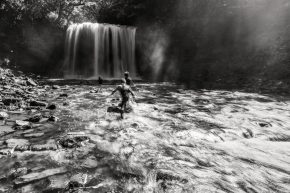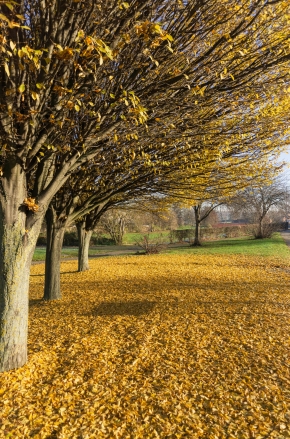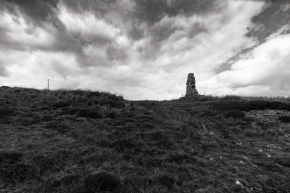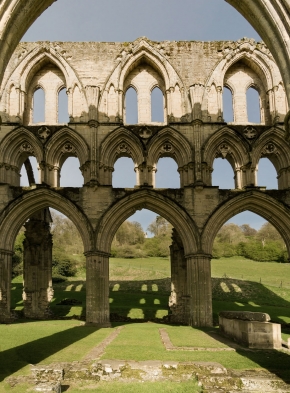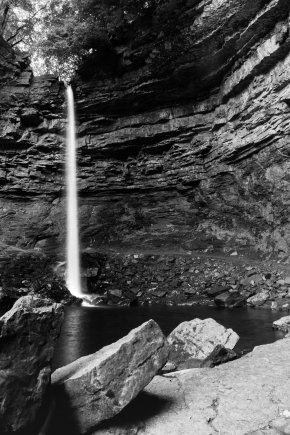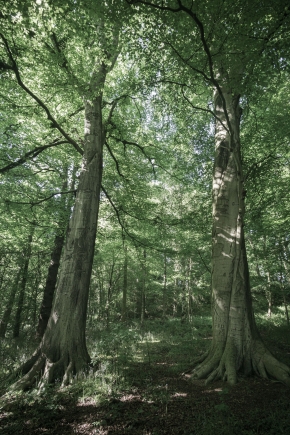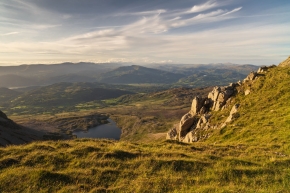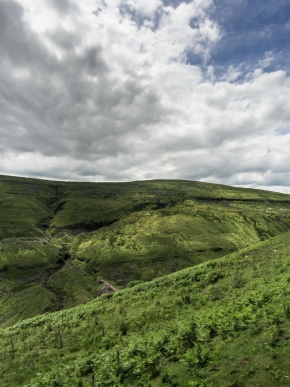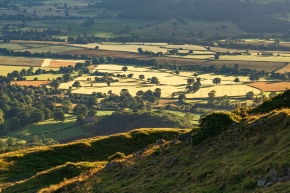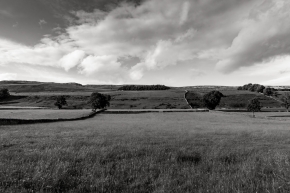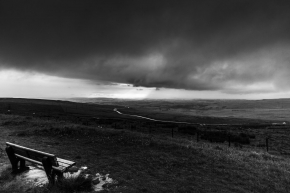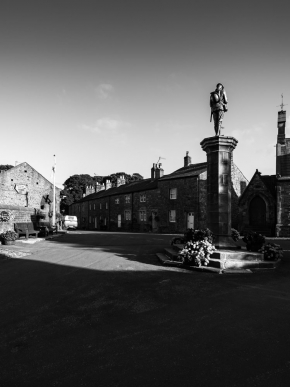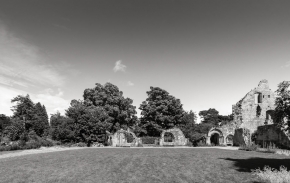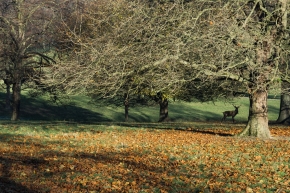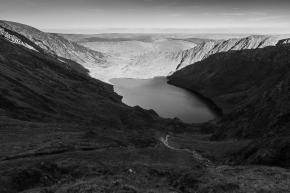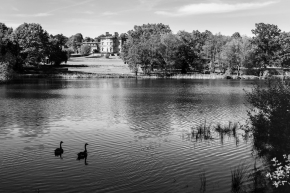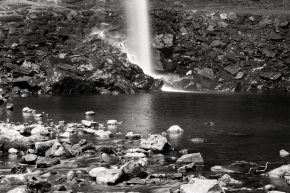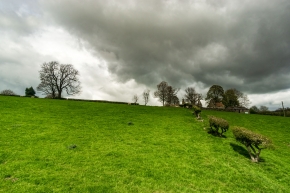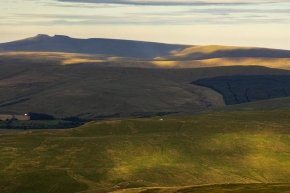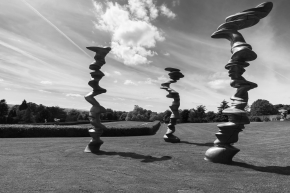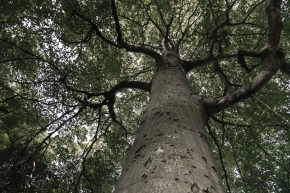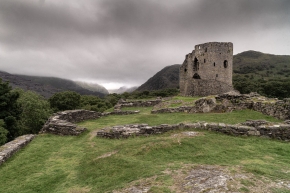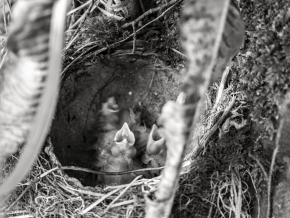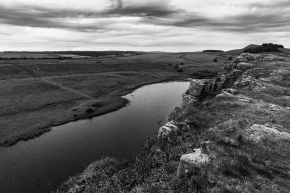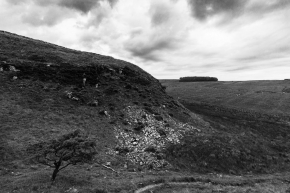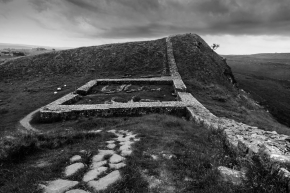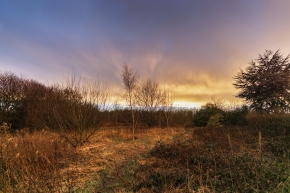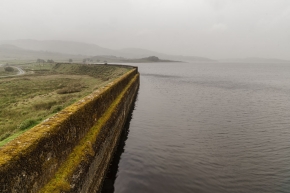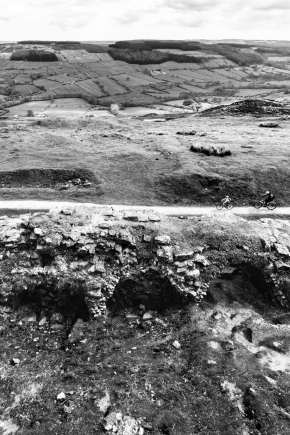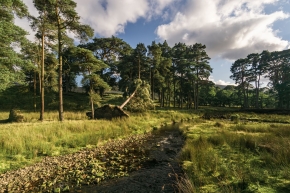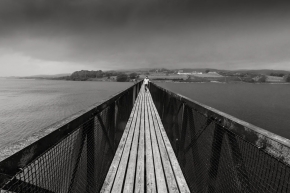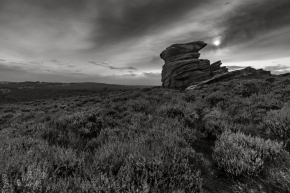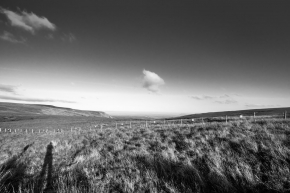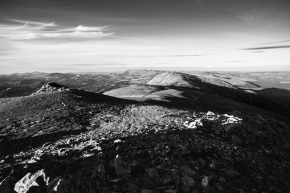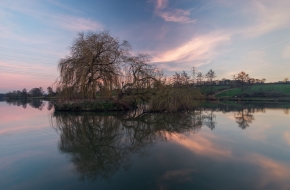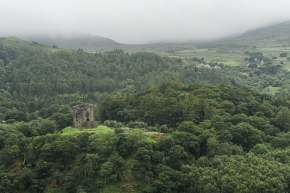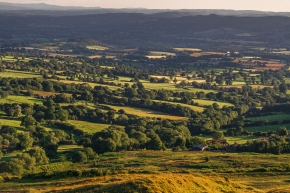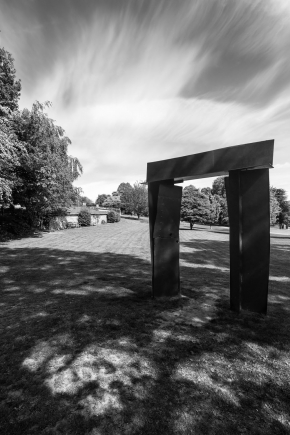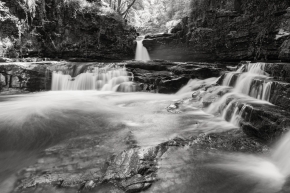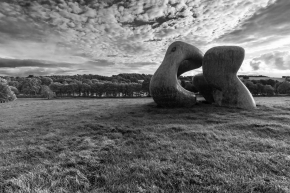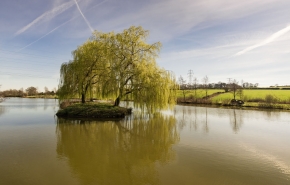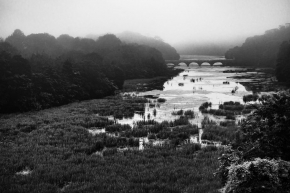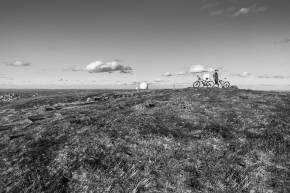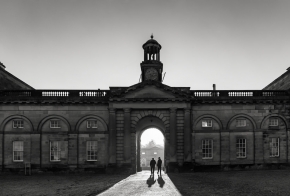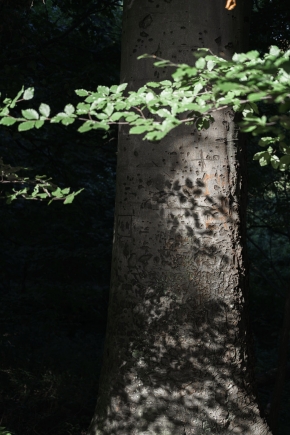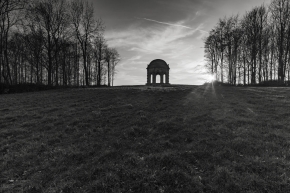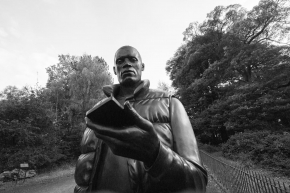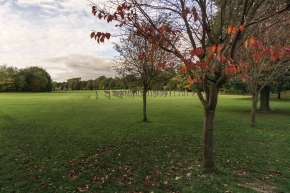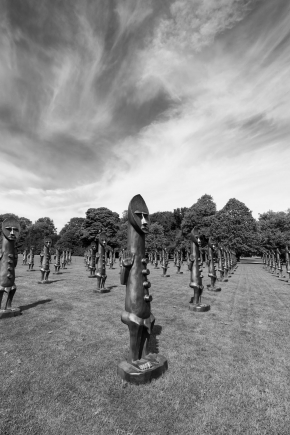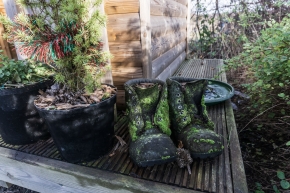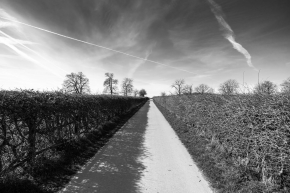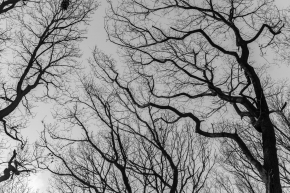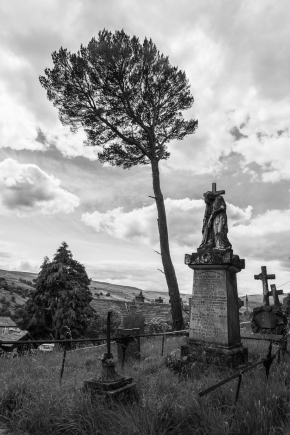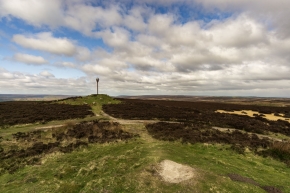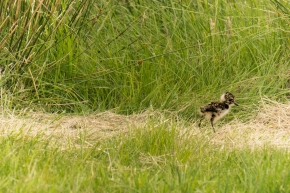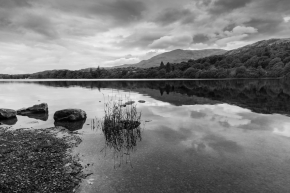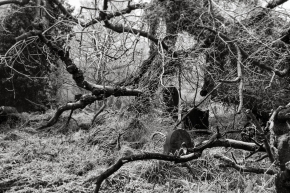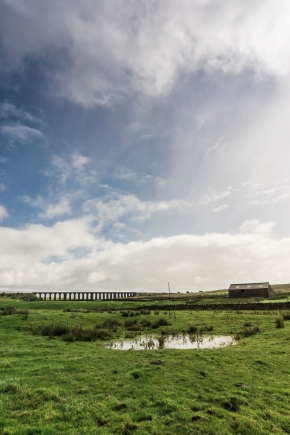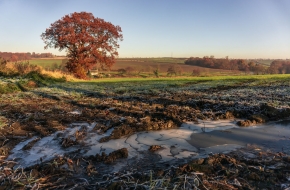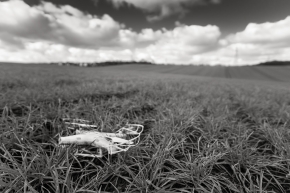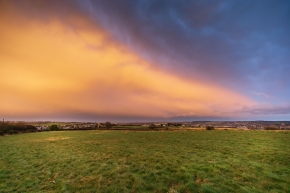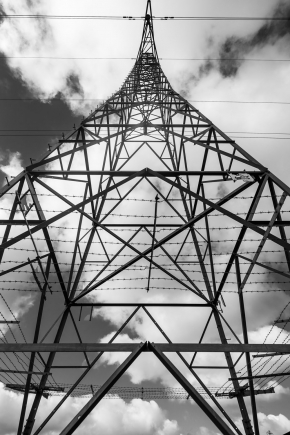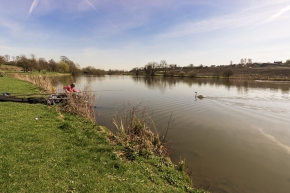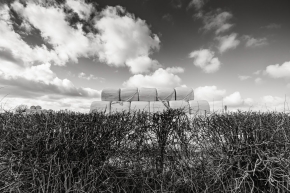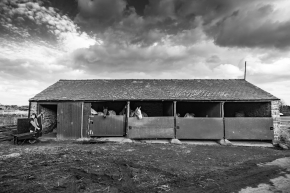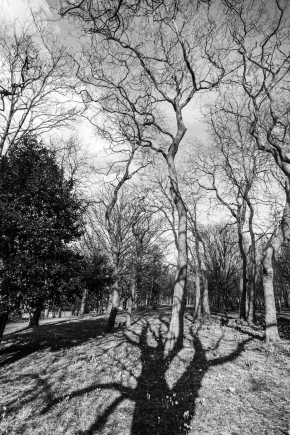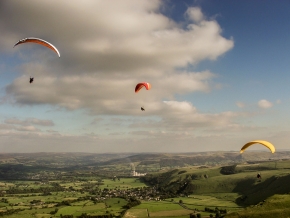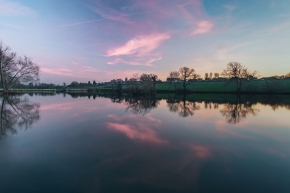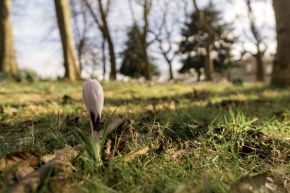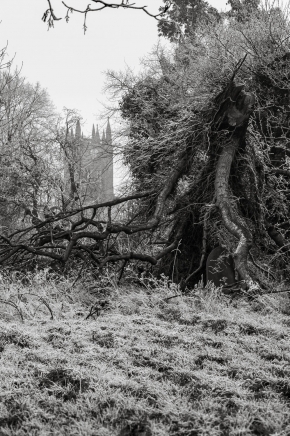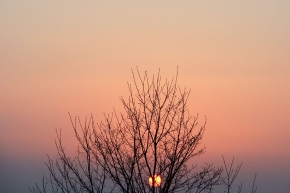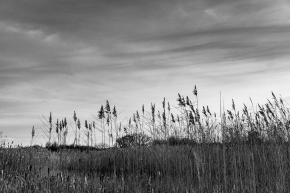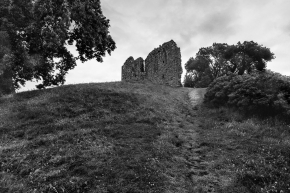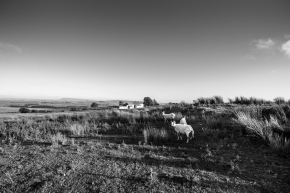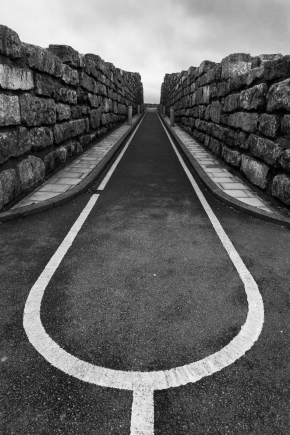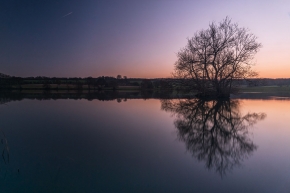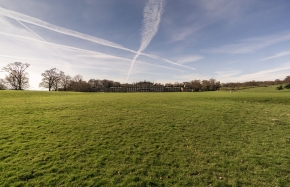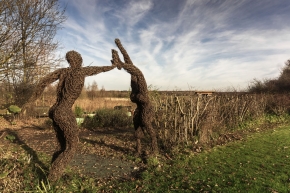The Great British Countryside
Home to fifteen National Parks and forty-six AONB's (areas of outstanding natural beauty) the Great British countryside boasts a glut of scenic delights packed into its compacts size. A diverse landscape of dramatic mountain vistas, ancient woodlands and deep glacial lakes. Heather-clad moorland, high fells and large wetlands.
Discover medieval villages and the remains of ancient civilisations. Centuries-old castles, stone circles and remnants of a really long 2000-year-old wall. Rummage those toes through the sand on secret, alluring coves, scale rocky granite tors and chill out in the warm glow of the traditional British pub.
The Great British Countryside could well use a tad more sunshine, it's a place where an umbrella will likely prove more useful than a pair of sunglasses but it makes a serious attempt at compensating for this with its natural scenic beauty.
In the words of the 19th-century poet, traveller and revolutionary Lord Byron:
"There is a pleasure in the pathless woods,
There is a rapture on the lonely shore,
There is society, where none intrudes,
By the deep Sea, and music in its roar:
I love not Man the less, but Nature more."
Accessing The Great British Countryside
Unlike many national parks around the world, experiencing the Great British Countryside will cost you diddly squat (ridiculous car parking fees aside). However, such freedom is not to be taken for granted as it hasn't always been the case.
The infamous 1932 mass protest on Kinder Scout in the Peak District was not the only large scale demonstration held in response to landowners blocking access paths that had been in use for generations. 45 years prior, a similar act of rebellion took place in Keswick in the Lake District due to diminishing access to public footpaths.
When landowner Jane Spedding proceeded to bar access to the only paths on the popular Keswick low fell, Latrigg, Henry Irwin Jenkinson decided that enough was enough. On October 1st 1887 incensed by her actions, Henry led a strong crowd numbering 2000 to one of the blocked paths. He proceeded to remove the ‘Private’ sign before unchaining the gate and marching down the footpath.
The subsequent court case led to one of the paths, Spooney Green Lane being reopened. In response, other landowners opened up access to footpaths on their property also.
As a result, Henry received a rapturous welcome in Keswick and by way of tribute, the main gate to Fitz Park in the town bears his name in honour of his dedication to the community.
Photographing the Great British Countryside
With such a vast array of arresting landscapes spread far and wide, Britain offers both the photographer and the snap-shooting Instagrammer a bit of a conundrum. Where to go?
Fortunately, this is a compact little kingdom, meaning travel times are relatively short. Providing the infamously wet weather holds off you're in for a real treat.
Such historical, ancient monuments as Hadrians Wall in the far north of England document a 2000-year-old Roman occupation. For mountain lovers, Snowdonia must not be overlooked. This wild, rugged landscape is home to the highest peaks south of Scotland and only a stone's throw from the headlands of Anglesey and the glorious Pembrokeshire Coast.
For a more pastoral, yet just as captivating scenery, the Yorkshire Dales and the nearby North York Moors hold relics of an ancient past. These two regions in the north of England tell of a wealthy industrial heritage and the chance to hike in picture-perfect surroundings.
The above locations merely scratch the surface of possibilities in the Great British Countryside. All in all, there's enough to keep that shutter button finger busier than a one-armed paper hanger with winnits.
What are you waiting for?... Get gone. There are some useful travel resources further down the page.
Completely Useless Facts about the Great British Countryside
- At least 446,897 people live in the National Parks of Great Britain.
- In 1951 the Peak District became the UK’s very first national park. The South Downs is the most recent, confirmed as such in 2010.
- The Lake District is the UK's most popular national park. According to a recent survey, this picturesque region of the north-west of England receives 15.8 million annual visitors. A figure which is predicted to rise as UNESCO has now given the park World Heritage Status.
- Four out of eleven of the world's International Dark Sky Reserves are located in the UK: the Brecon Beacons, Exmoor, Snowdonia and the South Downs National Parks have all been given such status. These parks are home to some of the best star-gazing opportunities on the planet.
Have a wemooch elsewhere...
Inspired?
Fancy a mooch around the rolling fields and craggy hills of the Great British Countryside?
You'll need a few things to come together for it all to work out. There's some useful stuff to be clicked and pressed below.
